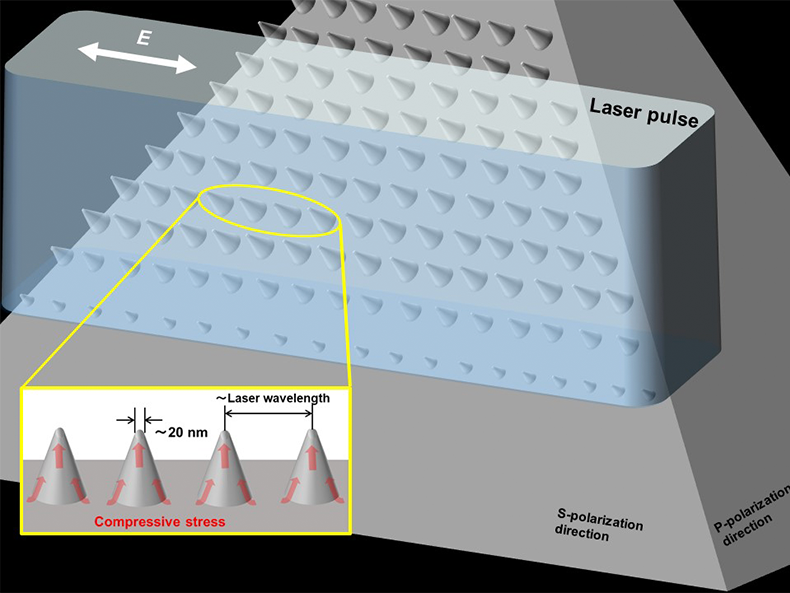2024-07-09 ワシントン大学セントルイス校
ケニアで発掘された古代植物の遺物は、赤道東アフリカにおける植物農業の歴史を解明する手がかりとなる。これまでこの地域では農業の始まりについての物理的証拠がほとんどなかったが、ワシントン大学やピッツバーグ大学の研究チームが、ケニアのカカペル岩陰遺跡で発見した大量の植物遺物を報告した。この研究は、カウピーやソルガム、指キビなどの作物の存在を確認し、最古の農業の証拠を提供している。また、研究はアフリカの農業が多様で柔軟なシステムであったことを示し、地域社会の決定が食料安全保障に重要であったことを強調している。
<関連情報>
- https://source.wustl.edu/2024/07/archaeologists-report-earliest-evidence-for-plant-farming-in-east-africa/
- https://royalsocietypublishing.org/doi/10.1098/rspb.2023.2747
アフリカ東部ビクトリア湖地域のカカペル・ロックスシェルターにおける初期の農業と作物の変遷 Early agriculture and crop transitions at Kakapel Rockshelter in the Lake Victoria region of eastern Africa
Steven T. Goldstein,Natalie G. Mueller,Anneke Janzen,Christine Ogola,Rita Dal Martello,Ricardo Fernandes,Sophia Li,Victor Iminjili,Sara Juengst,Anthony Odera Otwani,Elizabeth A. Sawchuk,Ke Wang,Emmanuel Ndiema and Nicole Boivin
Proceedings of the Royal Society B Published:10 July 2024
DOI:https://doi.org/10.1098/rspb.2023.2747

Abstract
The histories of African crops remain poorly understood despite their contemporary importance. Integration of crops from western, eastern and northern Africa probably first occurred in the Great Lakes Region of eastern Africa; however, little is known about when and how these agricultural systems coalesced. This article presents archaeobotanical analyses from an approximately 9000-year archaeological sequence at Kakapel Rockshelter in western Kenya, comprising the largest and most extensively dated archaeobotanical record from the interior of equatorial eastern Africa. Direct radiocarbon dates on carbonized seeds document the presence of the West African crop cowpea (Vigna unguiculata (L.) Walp) approximately 2300 years ago, synchronic with the earliest date for domesticated cattle (Bos taurus). Peas (Pisum sativum L. or Pisum abyssinicum A. Braun) and sorghum (Sorghum bicolor (L.) Moench) from the northeast and eastern African finger millet (Eleusine coracana (L.) Gaertn.) are incorporated later, by at least 1000 years ago. Combined with ancient DNA evidence from Kakapel and the surrounding region, these data support a scenario in which the use of diverse domesticated species in eastern Africa changed over time rather than arriving and being maintained as a single package. Findings highlight the importance of local heterogeneity in shaping the spread of food production in sub-Saharan Africa.



